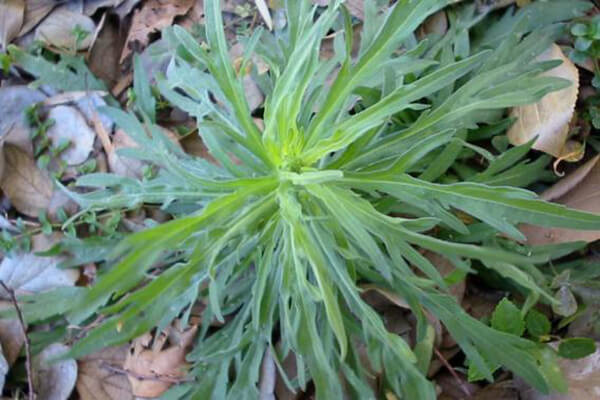
Fleabane Weed (Conyza spp.)
Common names
Broadleaf fleabane, flaxleaf fleabane, tall fleabane, horseweed, asthma weed, and more.
Identification
Fleabane is a fast-growing, short-lived weed that begins as a basal rosette before developing tall, branching stems. It can grow between 1–2 m high, with hairy stems and narrow, elongated leaves that have toothed or lobed edges.
- Flaxleaf Fleabane (Conyza bonariensis): Densely hairy, greyish-green stems. Leaves are 4–10 cm long, with finely toothed margins.
- Tall Fleabane (Conyza sumatrensis): Can reach up to 2 m. Leaves are 4–15 cm long, with bluntly toothed or deeply lobed edges.
Flowers & Seeds
Small, inconspicuous flower heads (5–12 mm) form clusters at the top of the plant. They lack visible petals and turn fluffy and off-white as they mature. Seeds are tiny (1–2 mm) with fine, hair-like structures that aid wind dispersal.
Reproduction & Spread
Fleabane spreads exclusively by seed, which can travel long distances by wind, making it a common and persistent weed.
